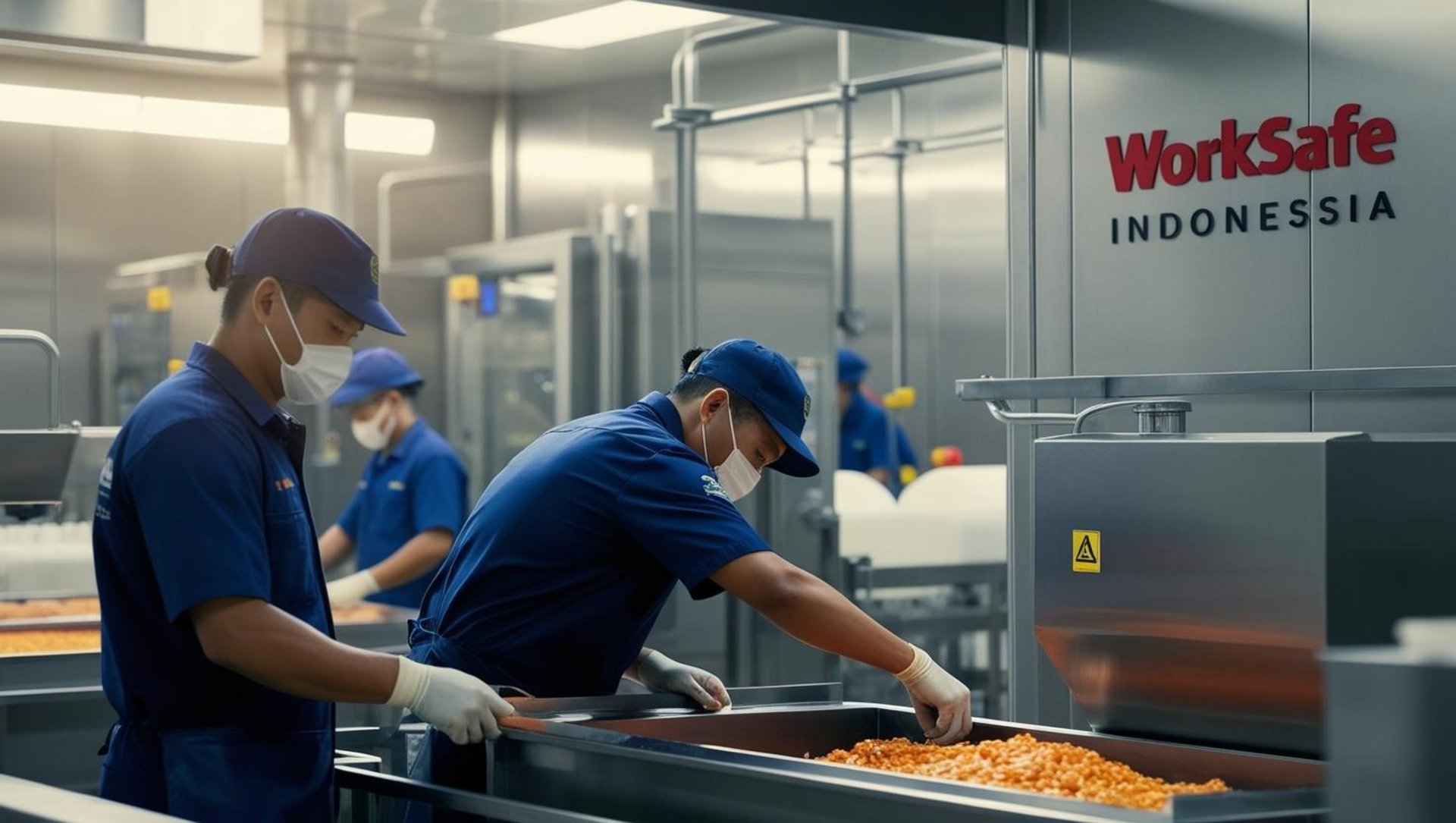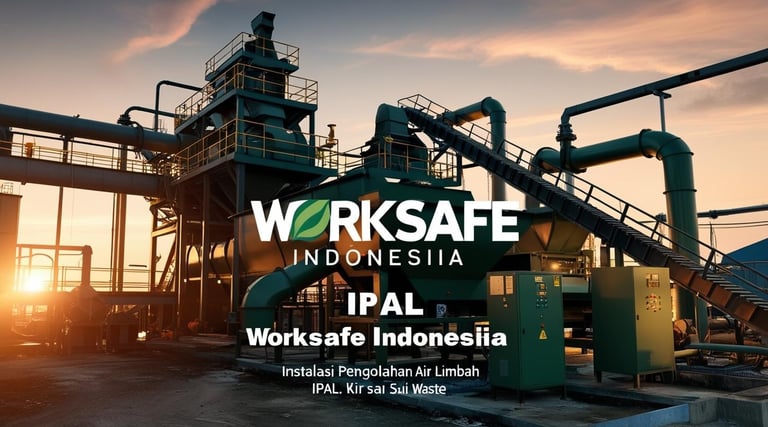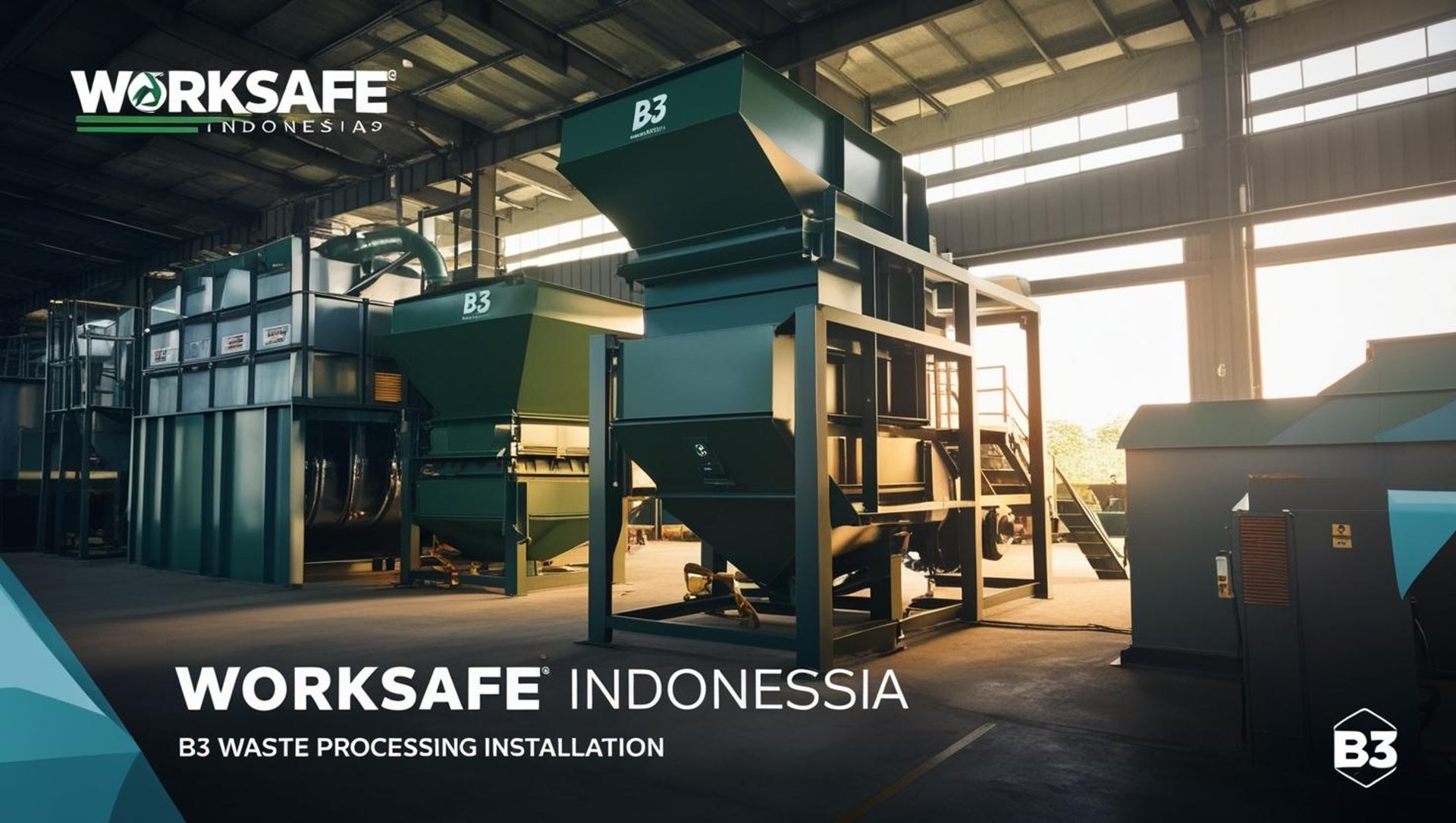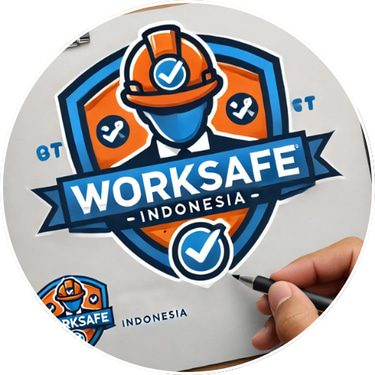
Promoting All About Safety, Health and Environmental
Wastewater Treatment Plant Installation: Building Safety from the Ground Up
Wastewater Treatment Plant Installation: Building Safety from the Ground Up At Worksafe Indonesia, we understand that managing industrial waste responsibly starts with proper infrastructure — and the heart of that effort is the Wastewater Treatment Plant (WWTP). While WWTPs are essential for protecting the environment and public health, their installation comes with complex challenges and serious safety considerations.
Worksafe Indonesia -Septian Indra
4/25/20242 min read


Wastewater Treatment Plant Installation: Building Safety from the Ground Up
At Worksafe Indonesia, we understand that managing industrial waste responsibly starts with proper infrastructure — and the heart of that effort is the Wastewater Treatment Plant (WWTP). While WWTPs are essential for protecting the environment and public health, their installation comes with complex challenges and serious safety considerations.
Why WWTP Installation Safety Matters
Installing a WWTP involves a wide range of activities — from deep excavation and concrete work to mechanical, electrical, and chemical system integration. Each phase presents unique hazards:
Confined space entry
Chemical exposure
Heavy lifting and machinery operation
Slip, trip, and fall risks
Electrical hazards
Without a solid safety plan, workers and the surrounding community can face serious danger.
Key Safety Considerations in WWTP Installation
1. Comprehensive Planning
Before construction begins:
Conduct a full site risk assessment.
Plan for safe access routes and emergency evacuation paths.
Identify hazardous materials that will be used or handled.
2. Safe Excavation and Structural Work
Follow trenching and excavation protocols to prevent cave-ins.
Use shoring and protective systems when working below ground.
Ensure concrete work areas are secured and formwork is stable.
3. Chemical Handling and Storage
Store chemicals like chlorine or acids in designated, ventilated areas.
Train workers on Material Safety Data Sheets (MSDS) and chemical emergency response.
Use secondary containment systems to prevent spills.
4. Electrical and Mechanical Installation Safety
Lockout/tagout (LOTO) procedures must be enforced.
Only qualified electricians and technicians should handle high-voltage systems.
Guard moving parts and ensure proper grounding for equipment.
5. Confined Space Entry
Many WWTP components (tanks, pits, underground chambers) are confined spaces.
Require permits, air monitoring, and rescue plans before entry.
Provide personal protective equipment (PPE) and communication devices.
Training and Awareness
All workers must receive training on:
Site-specific hazards and procedures.
PPE usage and emergency protocols.
Environmental regulations and waste handling.
Regular toolbox talks, daily briefings, and ongoing supervision reinforce a culture of safety.
Worksafe Tips for WWTP Projects
Establish a Safety Officer on-site.
Maintain clear signage and restricted access zones.
Ensure all lifting equipment and scaffolds are inspected and certified.
Never cut corners with chemical handling — follow the rule, “right chemical, right way.”
Clean Water, Clean Practices
WWTPs are a symbol of progress — but progress must never come at the cost of safety. At Worksafe Indonesia, we promote a mindset where sustainability and safety go hand in hand. From the first pipe laid to the final system test, every step must prioritize protection for people and the planet.
Keep safe. Be safe!!

